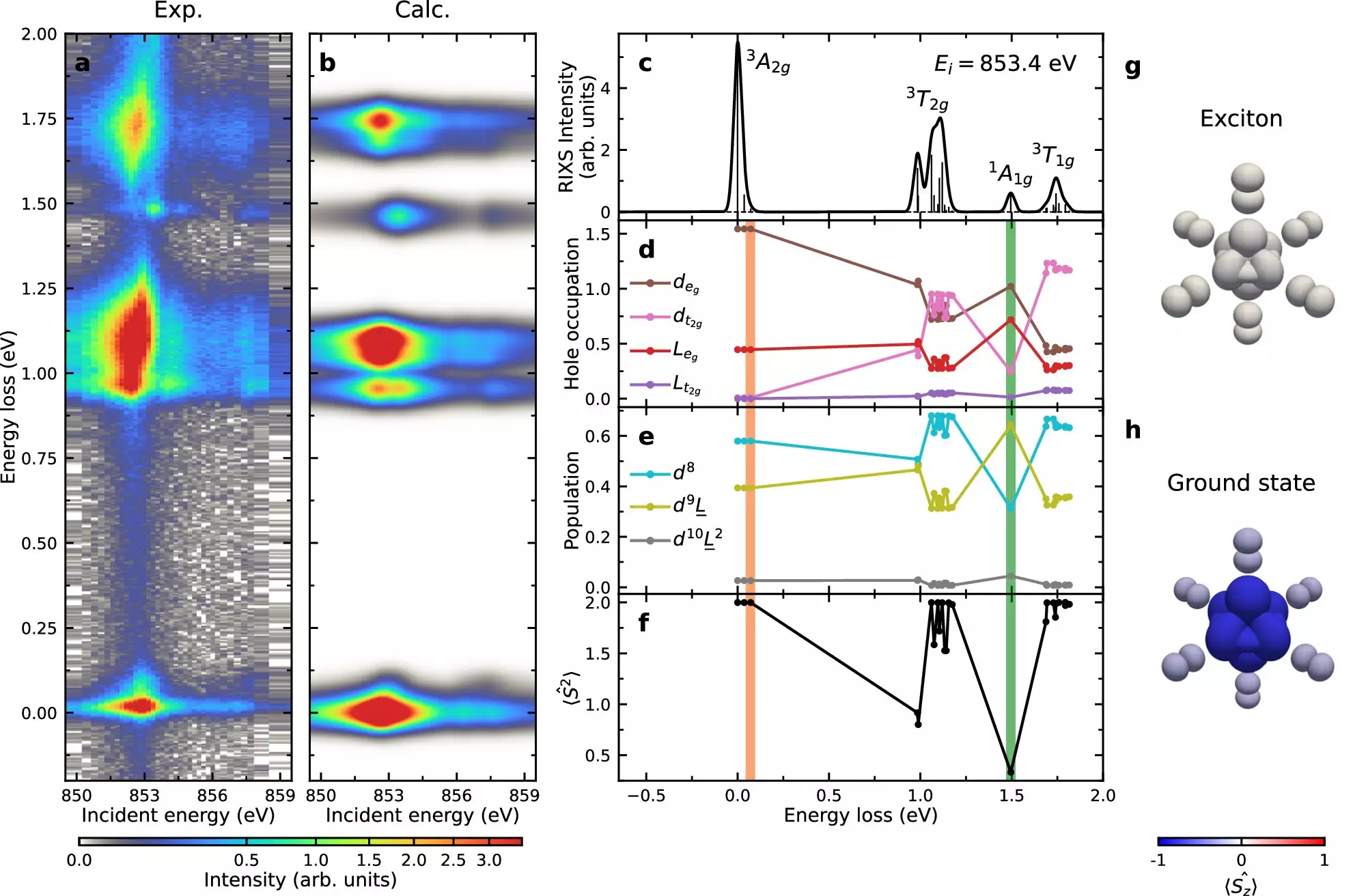Understanding the behavior and formation of excitons in materials like van der Waals magnets has great significance in the realm of potential technological advancements. In a recent study conducted by a research group at the U.S. Department of Energy’s Brookhaven National Laboratory, new details about excitons in a crystalline material called nickel phosphorus trisulfide (NiPS3) were unveiled. This research sheds light on the intricate connection between optical and magnetic properties in these materials, offering insights that could pave the way for innovative technologies based on magnetism.
Uncovering Exciton Structures
Excitons, consisting of an electron and a positively charged particle known as a “hole,” were explored using resonant inelastic X-ray scattering (RIXS) at the National Synchrotron Light Source II (NSLS-II) facility. This advanced technique allowed scientists to study the energy behaviors of excitons in NiPS3 with remarkable precision. Through these investigations, the researchers discovered that exciton formation and propagation in the crystal are influenced by the Hund’s exchange interaction, a fundamental physics principle governing electron spin configurations.
Implications for Future Research
The findings of this study provide valuable insights into the behavior of excitons in van der Waals magnets, particularly NiPS3, and their interaction with the underlying magnetic structure. The discovery of exciton dispersion patterns resembling those of double-magnons sheds light on the complex relationship between electronic and magnetic phenomena in these materials. As technology and experimental techniques continue to advance, there is great potential for further exploration and understanding of excitons in NiPS3 and other van der Waals materials.
The research conducted by the team at Brookhaven National Laboratory offers a deeper understanding of excitons and their relationship with magnetism in van der Waals magnets. By utilizing cutting-edge tools like RIXS, researchers were able to unravel the intricate behavior of excitons in NiPS3, laying the groundwork for future studies in this field. As scientists continue to delve into the mysteries of excitons and their role in materials science, the potential for groundbreaking discoveries and technological applications remains high.


Leave a Reply